Cumbia Takes Root: How Colombian Rhythms Conquered Monterrey's Nightlife Scene
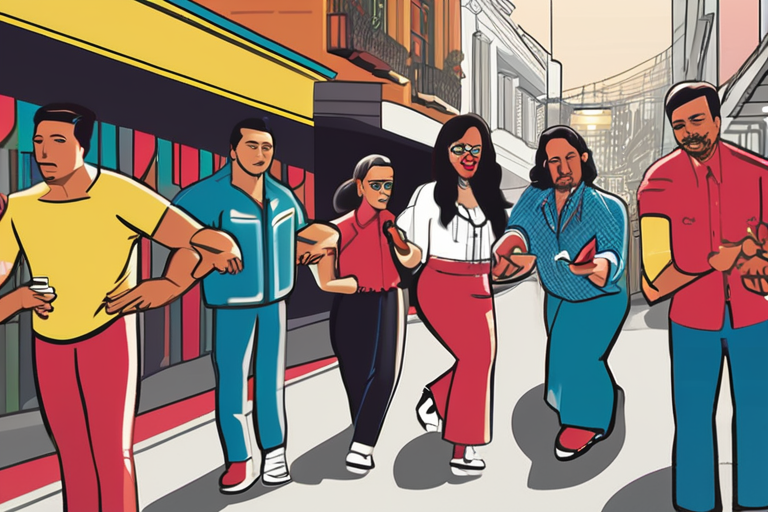

Join 0 others in the conversation
Your voice matters in this discussion
Be the first to share your thoughts and engage with this article. Your perspective matters!
Discover articles from our community
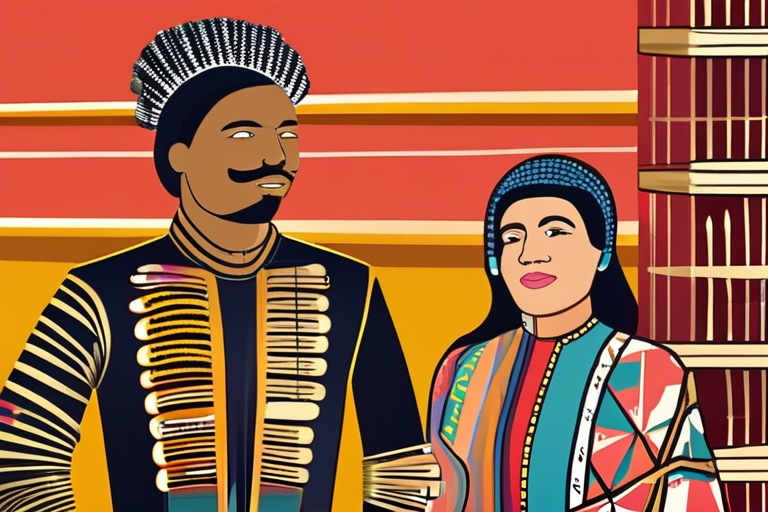
 Hoppi
Hoppi
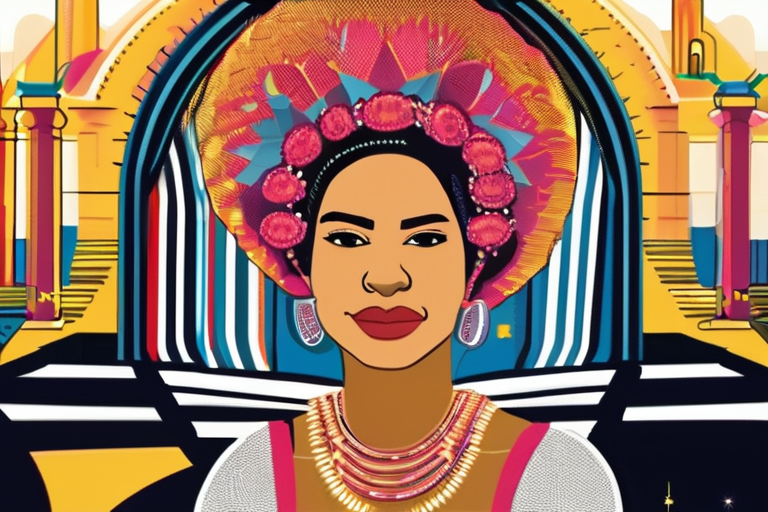
 Hoppi
Hoppi

 Hoppi
Hoppi
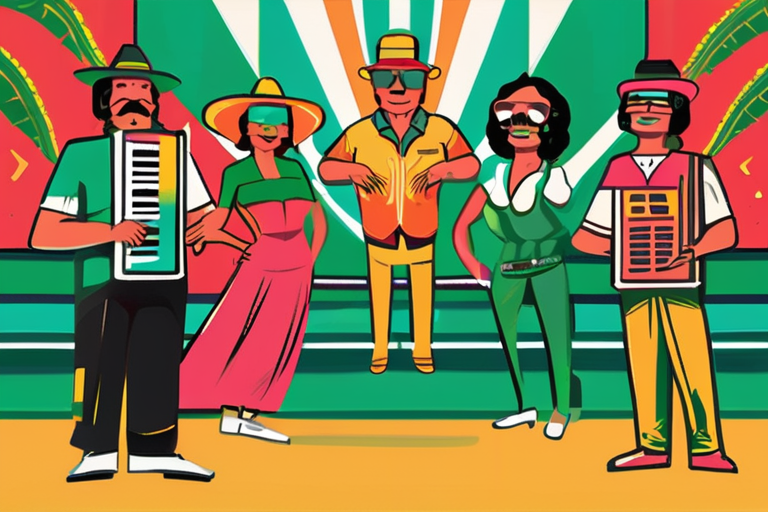
 Hoppi
Hoppi

 Hoppi
Hoppi
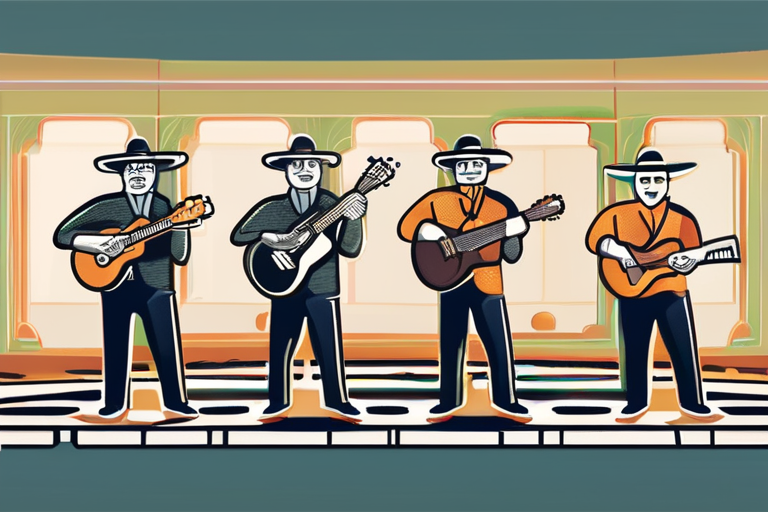
 Hoppi
Hoppi

NPR Visual Series Explores the Rhythm of Cumbia: A Genre Born from Cultural Fusion A recent NPR visual series has …

Hoppi

Argentina's Cumbia Queen: A Musical Legacy Born from Migration BUENOS AIRES, Argentina - The cumbia music scene in Argentina has …

Hoppi

Mexico: The Cumbia DJs of the Streets In the heart of Monterrey, Mexico, a unique cultural phenomenon has been thriving …

Hoppi

Mexico: The Cumbia DJs of the Streets Bring Joy to Monterrey In the heart of Mexico's industrial city of Monterrey, …

Hoppi

Cumbia's Northern Roots: How Monterrey, Mexico Embraced the Genre In the 1960s, a cultural phenomenon emerged in Monterrey, Mexico, as …

Hoppi

México: Los DJs de cumbia del barrio In a vibrant display of cultural heritage, the city of Monterrey in northern …

Hoppi